At almost every Q&A session Aegis holds, the question comes up: “Does VFD switching frequency affect the risk of electrical bearing damage?” This is a good question, but the only one-word answer is “Sometimes.” That’s not very helpful, so in this post, Aegis uses as many words as they need to do it justice.
Variable frequency drives output pulses of voltage to simulate a sine wave using pulse width modulation (PWM). The length of those pulses is determined by the switching frequency (aka the carrier frequency). The switching frequency is usually adjustable, and might range from 4 kHz up to 20 kHz. Low switching frequencies have the annoying side effect of (acoustic) noise, and high switching frequencies sometimes have the expensive side effect of speeding electrical bearing damage. But what is the switching frequency?
How Does Pulse Width Modulation (PWM) Work?
This figure illustrates how PWM works. On the top half, there is a blue “sawtooth wave” that repeats at the carrier frequency. The green wave has the desired output frequency. What PWM does is turn on the voltage whenever the sawtooth wave is less than (below) the output wave, and turn off the voltage whenever the sawtooth wave is above the output. So when you set the carrier frequency and output frequency on a drive, it generates a sawtooth and a desired output wave and turns the output voltage on or off according to the rules above. (For a three-phase motor, it will generate one pair of sawtooth and output waves for each phase.) The bottom half shows the output: high while the green, output wave is above the sawtooth wave, and low when the sawtooth is above the green wave.
What’s important is, the higher the carrier frequency, the more frequently the output voltage will switch on and off.
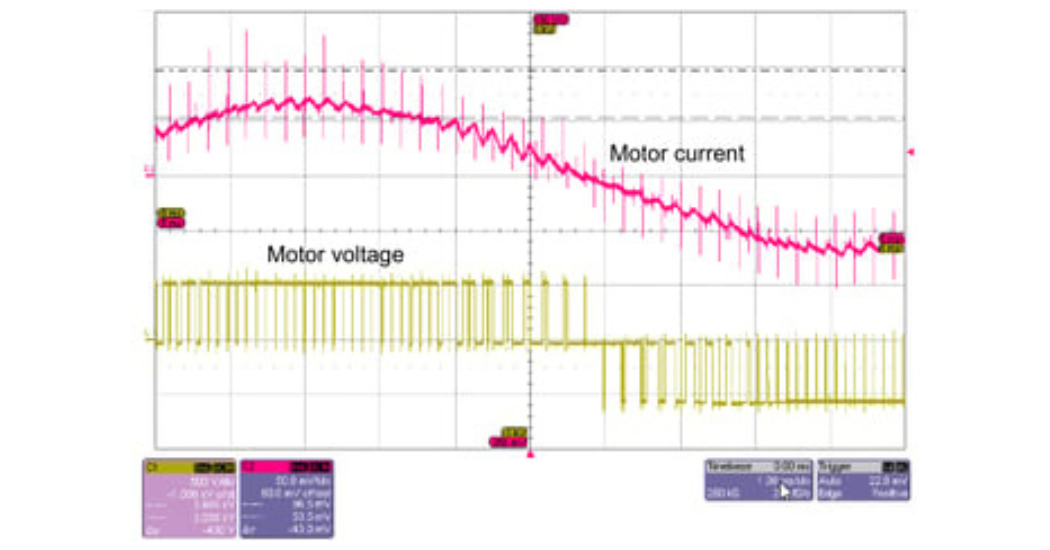 The Voltage and Current, in One Phase
The Voltage and Current, in One Phase
The next figure shows the voltage (bottom) and current (top) in one phase. Every time the voltage switches (either on or off), there is a spike of current. That’s because rapid changes in voltage charge stray capacitances – in the power cable and in the motor itself. Those current spikes show current flowing into a capacitance, filling it with charge.
Two Types of Damaging Bearing Currents
When those spikes of current get to the motor, they don’t go through the windings. Instead, they charge the capacitances inside the motor and then return to the drive. This can cause two kinds of damaging bearing current: High-frequency circulating current in medium-sized motors, 100 hp (75 kW) and up, and rotor ground current, in motors with substandard VFD cable and poor grounding.
Every time the current spikes, there is a risk that those two types of bearing current will flow. And the higher the switching frequency, the more spikes there are.
So if you have a medium-sized motor without an insulated bearing to interrupt circulating current, or if you don’t use a good VFD cable and the motor’s grounding is substandard, then you should use low switching frequencies to minimize the damage due to these currents. Of course, it’s better to use an insulated bearing on medium-sized motors on drives, and always use a good VFD cable, but you can at least reduce the rate at which the damage is done by reducing the switching frequency.
Third Type of Bearing Current: EDM Current
But there is a third type of bearing current, capacitive shaft voltage discharge, or EDM current. This is caused by the size of the output voltage, not by how often it switches on or off. So VFD switching frequency will have practically no effect on this shaft voltage discharge. The best way to deal with shaft voltage is to give it a safe path from the motor shaft to the frame, around the bearings. This is best done using a reliable, long-lived shaft grounding device like an AEGIS Shaft Grounding Ring.
In summary: Reducing the carrier frequency can reduce damage from high-frequency circulating current and rotor ground current, but it cannot protect against shaft voltage discharge current. For that, you need shaft grounding, like an AEGIS ring.
AEGIS rings come with a 2-year extended warranty against bearing fluting damage. No other form of shaft grounding comes with a warranty like this.
To learn more about AEGIS shaft grounding and best practices for electrical bearing protection, sign up for a training. They offer monthly live training webinars, and – pandemic restrictions permitting – they can also visit your facility to review your exact application.

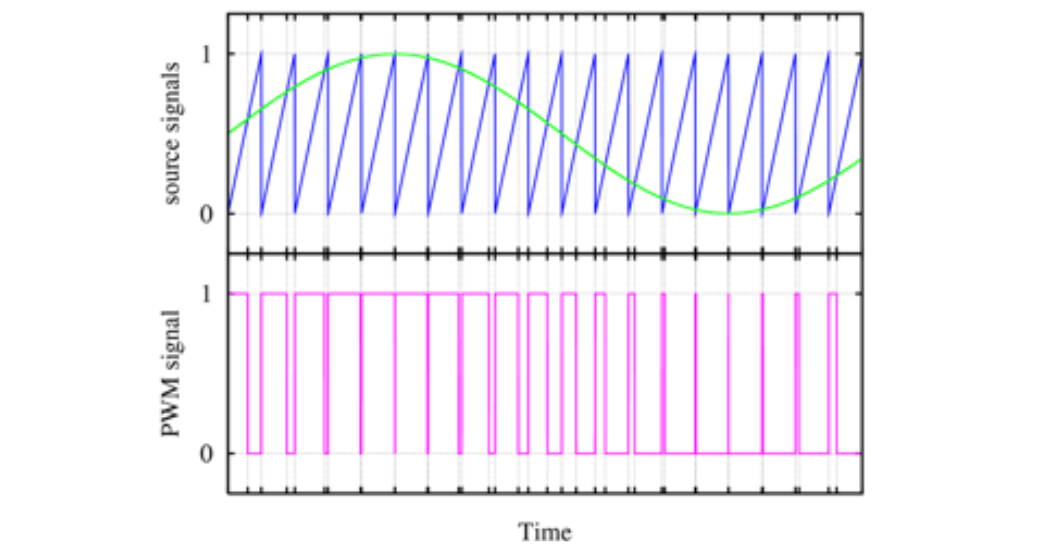
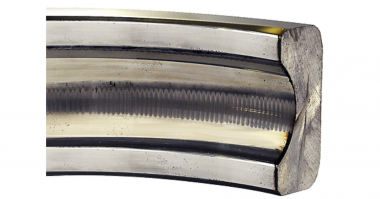
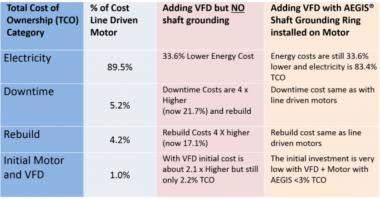
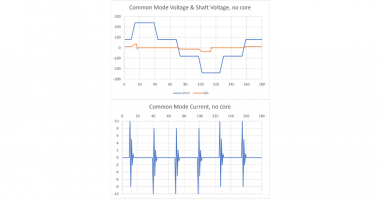
Comments